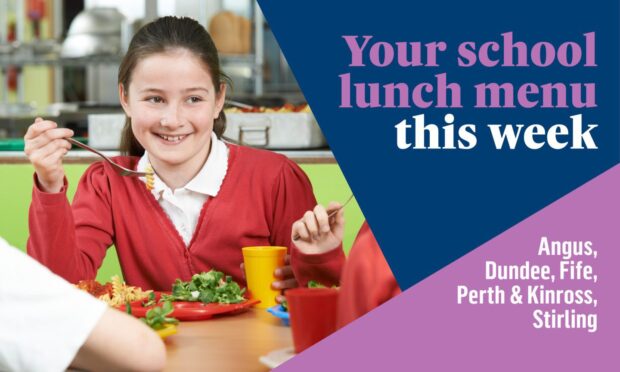The poorest pupils in Tayside and Fife are attempting fewer subjects at school compared to five years ago, new data has revealed.
Scottish Government data reveals the average S5 pupil in in Dundee enrolled in 3.5 subjects in August – almost an entire subject less than in 2014.
Subject choice has been limited for pupils across Scotland since the inception of the Curriculum for Excellence in 2010, according to the Scottish Conservatives who obtained the data using freedom of information legislation.
The statistics are based on SQA data across all SCQF levels and include both resulted and incomplete entries in subject areas including Highers, National qualifications and Skills for Work courses.
Braeview Academy, which has some of the city’s poorest students, has an average of 2.5 subjects – known as entries – being sat this year.
The school’s figures are among the lowest in the whole of Scotland.
How does your school fare?
Grove Academy pupils, in comparison, were registered for four subjects in August.
Angus youngsters are also taking less subjects than they were five years ago. Pupils were sitting roughly 4.5 subjects in 2014, compared with 3.8 in August.
On a school level, fifth year pupils at Montrose Academy enrolled in an average of 3.4 subjects and Arbroath Academy and Forfar and Academy had 3.5, compared to Monifieth High School which had 4.1.
Labour Holyrood candidate and education specialist Barry Black said pupils in Dundee and Angus had fewer opportunities than the rest of their Scottish peers.
He said: “These figures show that subject choice in Dundee and Angus is reducing, and that young people in our region have fewer opportunities in S5 than in other parts of the country.”
The Glasgow University researcher said the figures show a “significant” reduction in subject entries since the new Higher qualifications were introduced in 2015.
Changes were made to the qualifications to put them in line with National 4s and 5s, which replaced Standard Grades.
Mr Black added: “Issues with a narrowing curriculum have been known for some time, and it requires urgent action to rectify before more young people lose out on opportunities that would have previously been available to them.”
Pupils at Fife’s Lochgelly High School and Levenmouth Academy, where the majority of pupils are in the most deprived quintiles, were typically taking 2.7 and 2.8 subjects each.
Bell Baxter High School, in Cupar, and Madras College, St Andrews, had an average 4.2 and 4 entries respectively in August.
Subject numbers have declined across the kingdom from 4.2 in 2014 to 3.5 in 2020.
Pupils at Perth Grammar School, however, are taking more subjects this year than they were in 2019.
Despite the increase, pupils still have less entries than their peers in Perth and Kinross with 3.3 subjects per S5 pupil.
Comparatively, Perth High School pupils have almost a subject more with 4.2. The local authority average has also dropped from 4.5 in 2014 to 3.9.
Jamie Greene, Scottish Conservatives shadow education secretary said: “Under the SNP, subject choices continues to reduce year on year and we know that it will be pupils from poorer backgrounds suffering the most.
“Scottish pupils are being denied opportunities to study subjects they want. Their future opportunities are being limited and that should be a source of shame for the education secretary (John Swinney).”
Scottish pupils are being denied opportunities to study the subjects they want. Their future opportunities are being limited by the SNP, and that should be a source of shame for the education secretary. pic.twitter.com/YS1DgLaeU2
— Jamie Greene MSP (@jamiegreeneUK) December 7, 2020
A Scottish Government spokeswoman said: “Curriculum for Excellence ensures children and young people have more options in their education and that their wider achievements and skills are recognised alongside qualifications.
“Young people can choose from a much broader range of pathways than before and there has been a year on year increase in the number of school leavers attaining vocational qualifications at SCQF and above, including a specific expansion of Foundation Apprenticeships, from 7.3% in 2013/14 to 17.1% in 2018/19.”












